|
#2
22nd July 2014, 12:29 PM
| |||
| |||
| Re: AIIMS Exam Syllabus
Here I am giving you syllabus for MBBS entrance examination of all India institute of medical sciences below : AIIMS Syllabus covers following topics Anatomy Biochemistry Physiology Forensic Medicine & Toxicology Microbiology Pathology Pharmacology Anaesthesiology Community Medicine Dermatology & Venereology Medicine Obstetrics & Gynaecology Ophthalmology Orthopaedics Otorhinolaryngology Paediatric Psychiatry Surgery Internship AIIMS Entrance Exam Syllabus PHYSICS Unit : 1 Introduction and Measurement. Unit : 2 Description of Motion in One Dimension. Unit : 3 Description of Motion in Two and Three Dimensions. Unit : 4 Laws of Motion. Unit : 5 Work, Energy and Power. Unit : 6 Rotational Motion. Unit : 7 Gravitation. Unit : 8 Heat and Thermodynamics. Unit : 9 Oscillations. Unit : 10 Waves. Unit : 11 Electrostatics. Unit : 12 Current Electricity. Unit : 13 Thermal and Chemical Effects of Currents. Unit : 14 Magnetic Effect of Currents. Unit : 15 Magnetism. Unit : 16 Electromagnetic Induction and Alternating Currents. Unit : 17 Electromagnetic Waves (Qualitative Treatment). Unit : 18 Ray Optics and Optical Instruments. Unit : 19 Electrons and Photons. Unit : 20 Atoms, Molecules and Nuclei. Unit : 21 Solids and Semiconductor Devices. Crystal structure-Unit cell; single, poly and liquid crystal (concepts only. CHEMISTRY Unit : 1 Some basic concepts in Chemistry. Unit : 2 States of matter. Unit : 3 Atomic structure. Unit : 4 Classification of elements and periodicity in properties. Unit : 5 Chemical energetic. Unit : 6 Chemical bonding. Unit : 7 Equilibrium Equilibrium in physical and chemical processes Ionic equilibrium. Unit : 8 Redox reactions. Unit : 9 Solid state Chemistry. Unit : 10 Chemical thermodynamics. Unit : 11 Solutions. Unit : 12 Chemical kinetics. Unit : 13 Electrochemistry. Unit : 14 Surface chemistry. Unit : 15 Hydrogen. Unit : 16 s-Block Elements (Alkali and Alkaline Earth metals). Unit : 17 General principles and processes of isolation of elements. Unit : 18 p-Block Elements. Unit : 19 The d-and f-Block elements. Unit : 20 Coordination compounds. Unit : 21 Some basic principles of Organic Chemistry. Unit : 22 Hydrocarbons. Unit : 23 Purification and characterization of carbon compounds. Unit : 24 Organic compounds with functional groups containing halogens (X). Unit : 25 Organic compounds with functional groups containing oxygen. Unit : 26 Organic Compounds with functional group containing nitrogen. Unit : 27 Polymers. Unit : 28 Environmental Chemistry. Unit : 29 Biomolecules. Unit : 30 Chemistry in everyday life. BIOLOGY (BOTANY & ZOOLOGY) Unit : 1 Diversity in Living World. Unit : 2 Cell : The Unit of Life; Structure and Function. Unit : 3 Genetics and Evolution. Unit : 4 Structure and Function – Plants. Unit : 5 Structure and Function - Animals. Unit : 6 Reproduction, Growth and Movement in Plants. Unit : 7 Reproduction and Development in Humans. Unit : 8 Ecology and Environment. Unit : 9 Biology and Human Welfare. Unit : 10 Biotechnology and its Applications. AIIMS MBBS syllabus 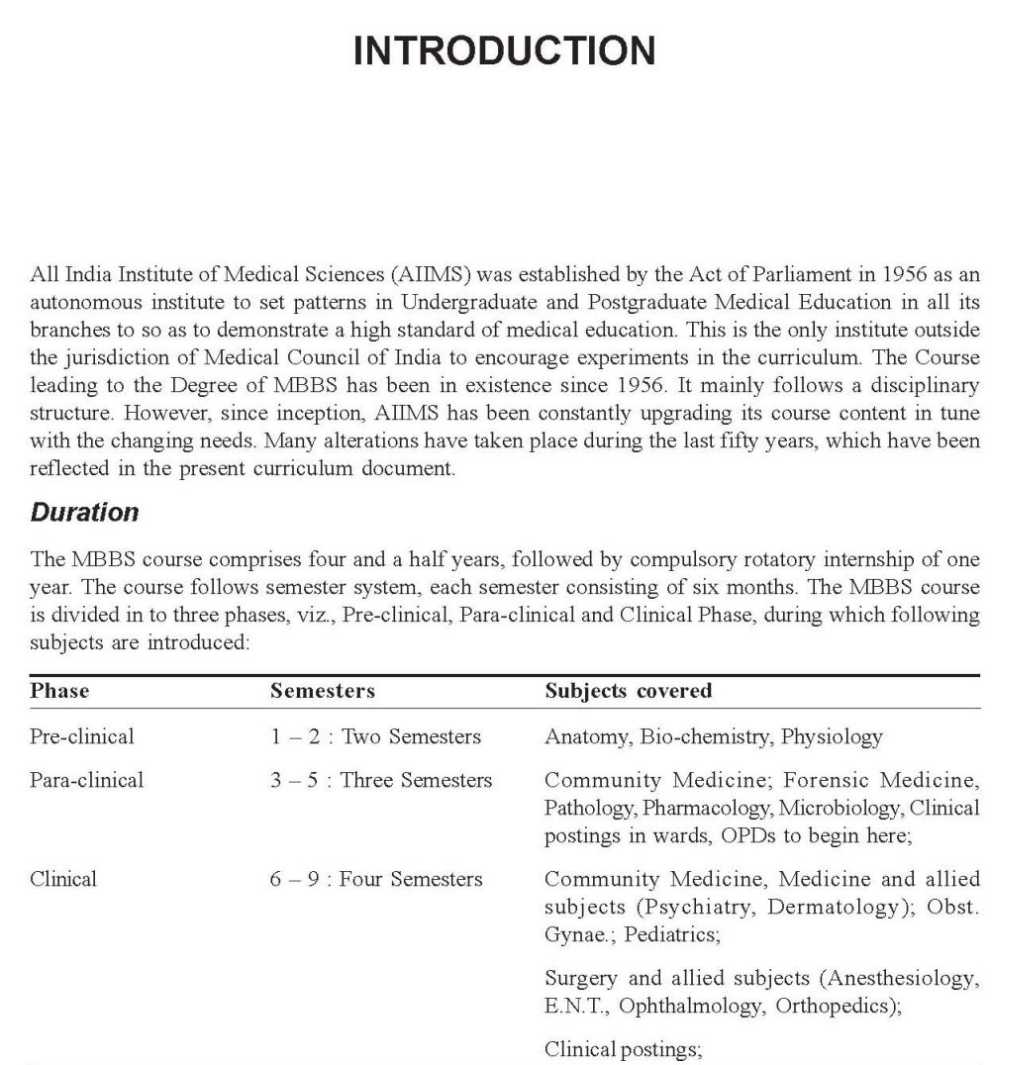 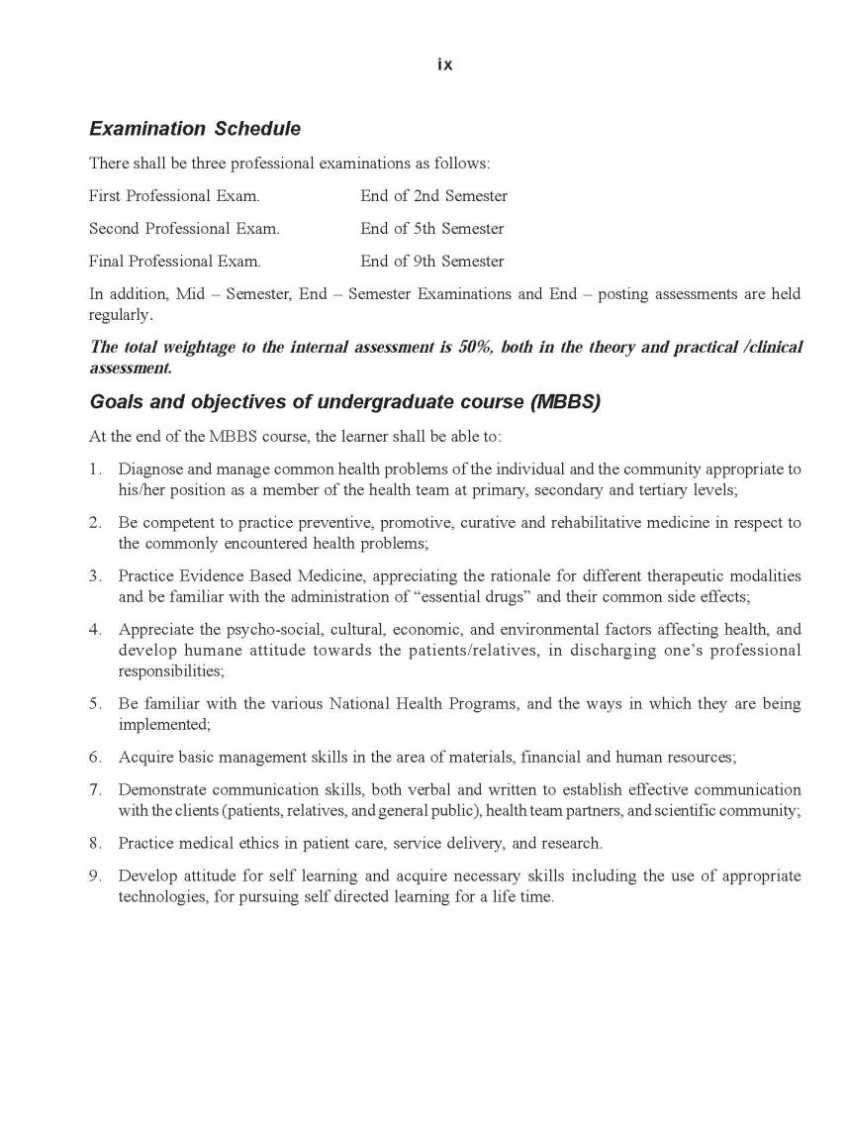 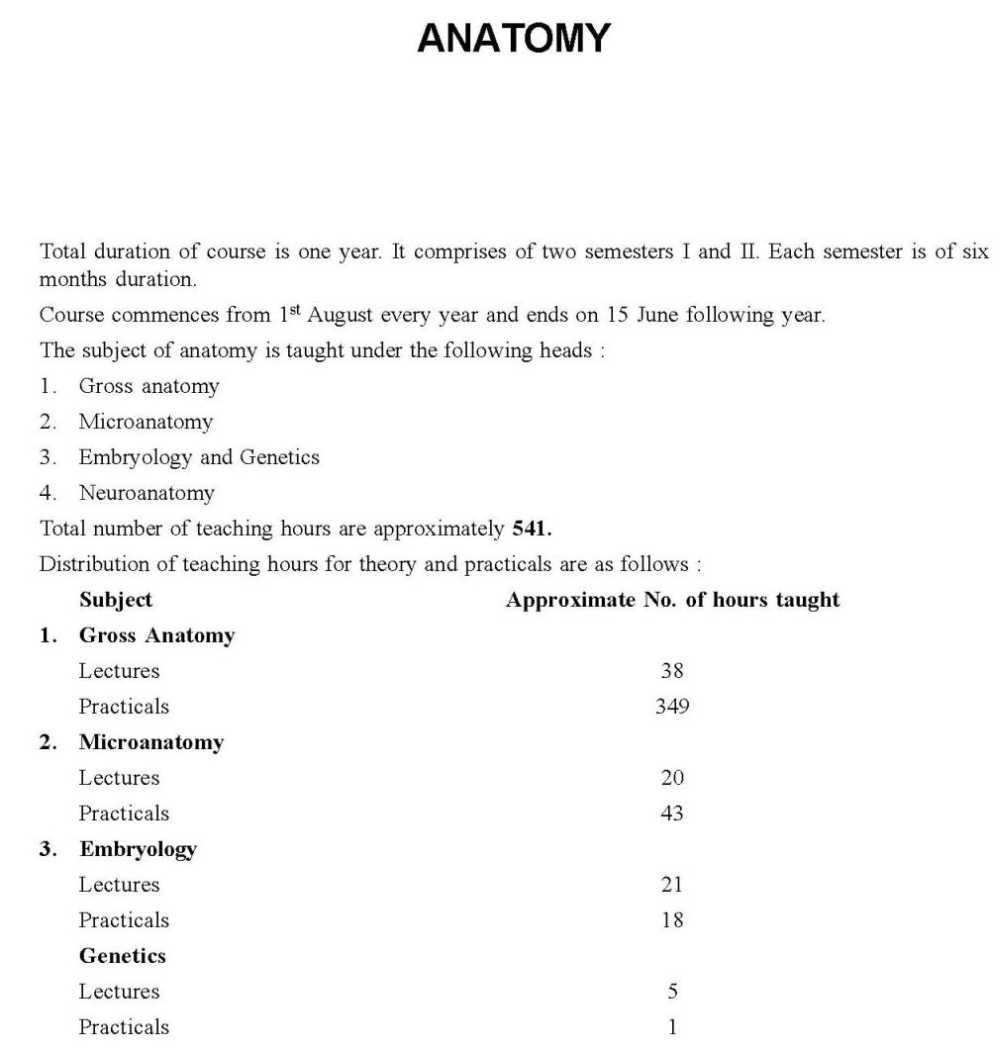 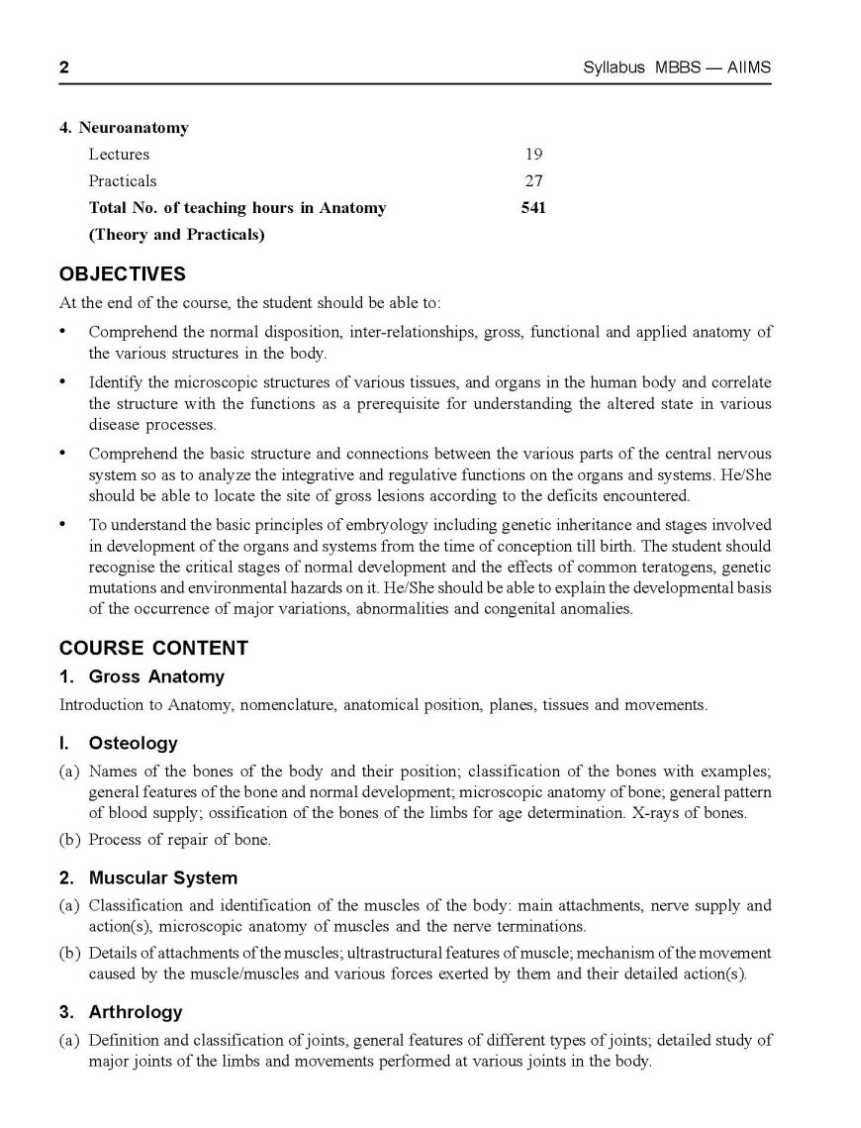 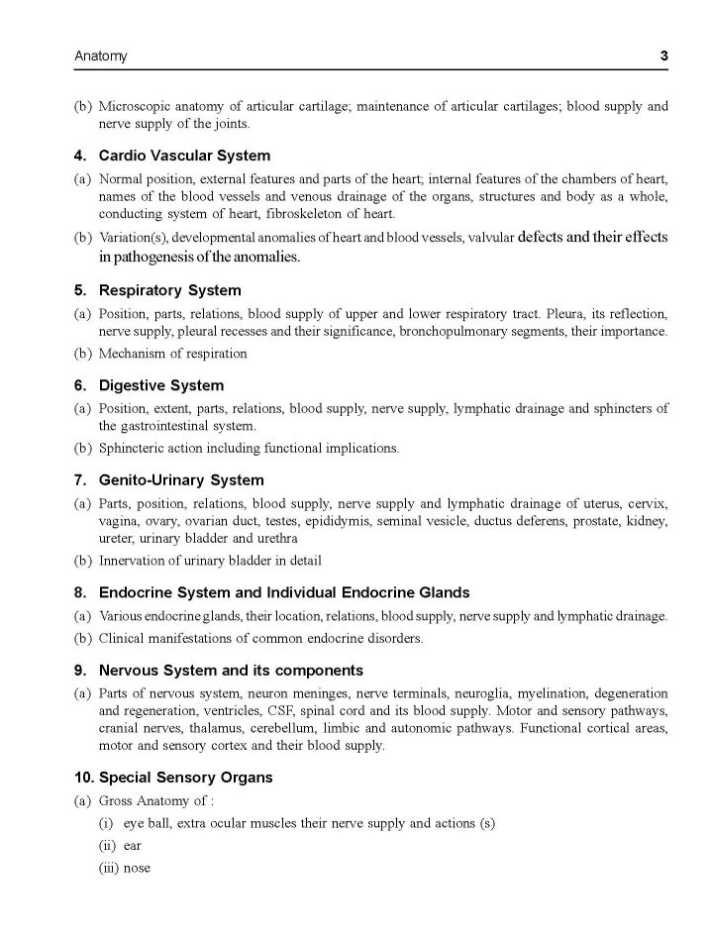 |